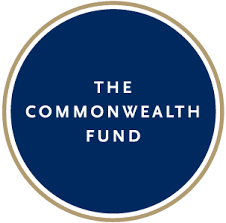ACA May be Improving, Saving Lives
The insurance expansion made possible by the Affordable Care Act may be improving and even saving lives, some studies and anecdotal evidence suggest.
 While observers warn that it is difficult to attempt to render a final verdict on the reform law’s insurance expansion and its impact, various studies and observations point to encouraging developments. Among them:
While observers warn that it is difficult to attempt to render a final verdict on the reform law’s insurance expansion and its impact, various studies and observations point to encouraging developments. Among them:
- High blood pressure is being detected at a higher rate now among people who bought insurance as a result of the ACA than it was prior to the law’s passage.
- Fewer 19-26 year-olds, now permitted to remain on their parents’ health insurance, are choosing not to see a doctor about their asthma because of the cost of seeking care.
- Women in Michigan report having an easier time obtaining birth control pills.
- Participants in a Michigan program are reporting an increased likelihood of learning they have chronic medical conditions than was the case before they were insured.
- People between their mid-50s and mid-60s living in states that expanded their Medicaid programs, and who took advantage of that expansion, had a lower death rate than similar people in non-expansion states.
Pennsylvania is among the 37 states (including the District of Columbia) that took advantage of the Affordable Care Act to expand its Medicaid program.
Learn more about some of the documented and observed benefits of the Affordable Care Act’s improved access to health insurance in the Washington Post article “With the Affordable Care Act’s future in doubt, evidence grows that it saves lives.”
 According to a new study from the Georgetown University Health Policy Institute’s Center for Children and Families,
According to a new study from the Georgetown University Health Policy Institute’s Center for Children and Families, Some are implementing hospital or insurer taxes while others are increasing existing taxes on hospitals and health insurers. New Hampshire is directing part of the proceeds from a liquor tax for this purpose and other states have introduced cigarette taxes. Some are charging premiums to Medicaid beneficiaries and introducing work requirements for their Medicaid population so they can reduce overall enrollment. Many are using money from their general revenues.
Some are implementing hospital or insurer taxes while others are increasing existing taxes on hospitals and health insurers. New Hampshire is directing part of the proceeds from a liquor tax for this purpose and other states have introduced cigarette taxes. Some are charging premiums to Medicaid beneficiaries and introducing work requirements for their Medicaid population so they can reduce overall enrollment. Many are using money from their general revenues. According to a presentation delivered at a MACPAC meeting last week:
According to a presentation delivered at a MACPAC meeting last week:


 The uninsured rate in the U.S., 20 percent before the Affordable Care Act took effect, is now 13 percent.
The uninsured rate in the U.S., 20 percent before the Affordable Care Act took effect, is now 13 percent. This conclusion is drawn in a new study from the Georgetown University Health Policy Institute based on interviews with leaders of eleven hospital systems and federally qualified health centers (FQHCs) in seven states: four that expanded their Medicaid programs and three that did not.
This conclusion is drawn in a new study from the Georgetown University Health Policy Institute based on interviews with leaders of eleven hospital systems and federally qualified health centers (FQHCs) in seven states: four that expanded their Medicaid programs and three that did not.